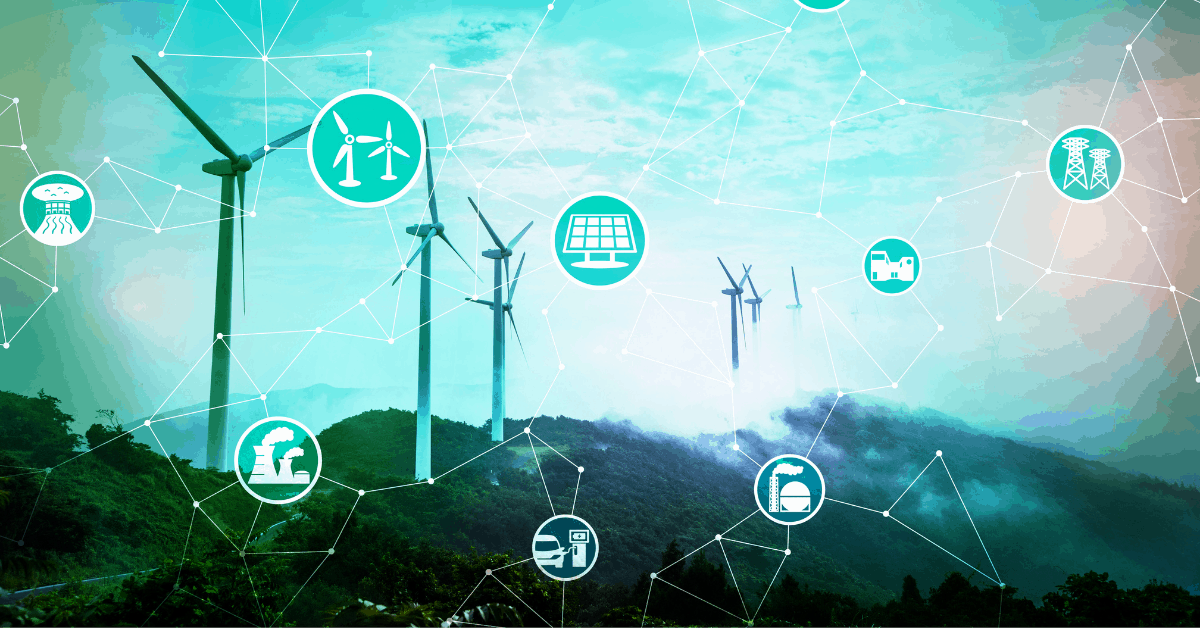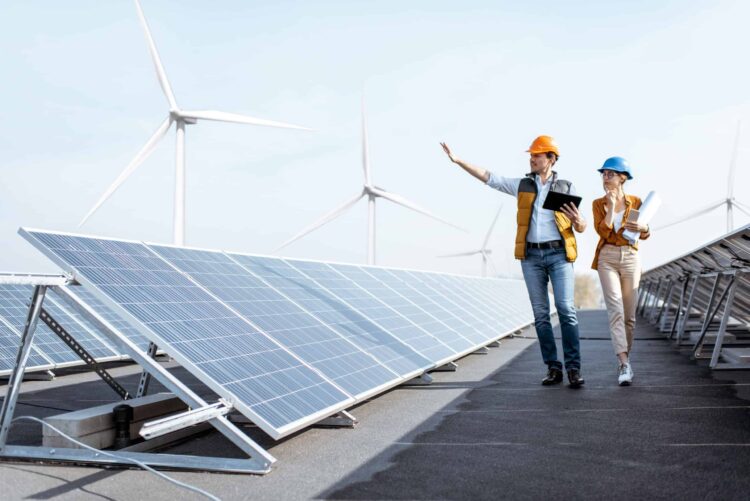Federal clean hydrogen tax credit proposed to bolster investment in clean energy

Author: Ken Tennenhouse
The federal government recently provided additional information on the Clean Hydrogen Investment Tax Credit (the Clean Hydrogen ITC) that will refund up to 40% of investments in energy projects that produce clean hydrogen.
The Clean Hydrogen ITC was among five tax credits that Ottawa announced in the March 2023 federal budget. The collective aim of these credits is to reduce greenhouse gas emissions and attract investment in Canadian clean energy in order to compete with the U.S. Inflation Reduction Act. Ottawa’s 2023 Fall Economic Statement released further details about the Clean Hydrogen ITC and stated it will be formally launched after the spring 2024 budget, following consultations in fall 2023.
MLT Aikins has previously discussed the opportunity for clean hydrogen in Western Canada. In our past blogs, we have outlined how Alberta is the largest producer of hydrogen in the country (and a world leader in hydrogen), while in Saskatchewan, Regina has the potential to become a hydrogen hub. Meanwhile, world demand for clean energy continues to rise to replace fossil fuels. By 2050, the global market for hydrogen is projected to be worth over $2.5 trillion and will fulfill up to 24% of energy demand.
Eligibility
Hydrogen can be produced in a variety of ways, particularly from natural gas, nuclear or renewable energy, which emits zero greenhouse gases. To qualify for the Clean Hydrogen ITC, hydro, solar or wind power must be used to power electrolysis – the process which produces hydrogen from such sources. Power purchase agreements (PPAs) that detail the purchase of this clean energy count towards calculating a project’s carbon intensity (CI).
Projects that employ renewable natural gas (RNG) to produce hydrogen may also be eligible for the Clean Hydrogen ITC, as long as greenhouse gas emissions are abated using carbon capture technology. RNG can be a lower CI alternative to natural gas which is extracted as a fossil fuel.
Assessment: Whether it centres on renewables or RNG, a project must undergo an initial CI assessment that is validated by a third-party engineering firm. Once Natural Resources Canada approves the expected CI of the project, the Clean Hydrogen ITC will be administered by the Canada Revenue Agency.
Timeline: The hydro, solar or wind power must be produced on or after March 28, 2023, and up to one year before the initial project CI assessment is submitted. Similarly, the RNG must have begun production no more than one year before the initial project CI assessment. Note that after 2034, the tax credit will be halved and in 2035 it will end.
Geography: These renewable forms of energy must be generated in the same province or territory as the clean hydrogen project and must be connected to the grid in such province or territory.
Tax credit calculation
A project computes and reports annually the effective CI of hydrogen it produces. After five years, the final weighted-average CI is calculated and compared to the expected CI of the project that Natural Resources Canada originally assessed at the start of the project. How much the verified CI after five years matches the expected CI determines the level of the final tax credit.
The 2023 Fall Economic Statement supplied an example of a project that carries an initial CI assessment of 0.6 kg of CO2e per kilogram of hydrogen and is eligible for a 40% tax credit. After five years, if the verified CI is less than 0.85 kg of CO2e per kilogram of hydrogen, then the applicant receives 0% credit. However, if the verified CI is between 0.85-2, then the credit is 15%. If the verified CI is 2-4, the credit is 25%. If the verified CI is 4 or more, then the full 40% is granted. In other words, the higher the verified CI, the greater the tax credit (plus applicable interest). For example, at the 40% rate, a $40,000 tax credit is awarded to a project with $100,000 in eligible costs.
Compliance
The compliance period would begin 120 days after starting commercial operations. However, projects would have the option of delaying by a full year. A second full year delay could also be available to allow project operators to make adjustments in order to deliver the expected CI of the hydrogen.
Eligible clean ammonia production equipment
The Clean Hydrogen ITC will also offer a 15% credit to support clean ammonia production. What is eligible is equipment used solely to convert clean hydrogen into ammonia, including that used for feed compression, conversion (i.e. reactors for the Haber–Bosch process), refrigeration and on-site storage of ammonia.
Property required to convert clean hydrogen into ammonia will also be eligible, provided that:
- the applicant producing the ammonia uses their own hydrogen feedstock;
- the feedstock comes from a clean hydrogen project that is eligible for the Clean Hydrogen ITC;
- the clean hydrogen project can fulfill the needs of the ammonia facility; and
- if the hydrogen and ammonia facilities are separate, it must be feasible to transport the hydrogen between those facilities.
If the hydrogen and ammonia are produced in the same facility, the cost of “dual-use” (shared) equipment (such as an air separation unit) will be allocated between hydrogen and ammonia equipment, based on the equipment’s relative use between hydrogen and ammonia production.
Next steps
The Clean Hydrogen ITC aims to help reduce Canada’s greenhouse gas emissions by 40-45% below 2005 levels by 2030 and achieve net-zero emissions by 2050. MLT Aikins continues to monitor this area for new development.
If you have questions about applying for an investment tax credit, or would like to learn more about our experience in clean energy, please contact a member of our Energy team.
Note: This article is of a general nature only and is not exhaustive of all possible legal rights or remedies. In addition, laws may change over time and should be interpreted only in the context of particular circumstances such that these materials are not intended to be relied upon or taken as legal advice or opinion. Readers should consult a legal professional for specific advice in any particular situation.




